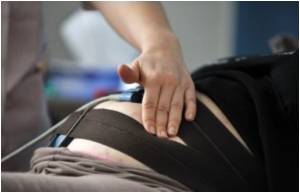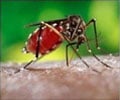The biochemical weakness of the lethal malaria parasite has been discovered by researchers from the University of Copenhagen.

"Pregnant women and children below the age of five years are particularly vulnerable to malaria because of the parasite's survival mechanisms. The parasite has a protein hook designed to attach it to the placenta and this leads to amnesia of the mother who in worst case can die or deliver prematurely.
This increases the maternal mortality - and infant mortality," explains Associate Professor Ali Salanti from the University of Copenhagen's Centre for Medical Parasitology who manages the project.
For years, researchers have been looking for a vaccine that can attack the malaria parasite's specific placenta hook. This is tricky not least due to the fact that the parasite's hooks are long proteins, which are difficult to produce artificially in the lab when developing of a vaccine.
After intensive research efforts, the researchers have now succeeded in identifying a fragment of the placenta hook (VAR2CSA), which not only is crucial for the parasite's ability to attach itself to the placenta, but also is possible to produce artificially for a vaccine.
"A vaccine must stimulate the immune system to quickly attack something foreign in the body. Therefore, it was a matter of finding the part of the placenta hook, which the parasite cannot manage without and which we could target a vaccine against," Salanti said.
Advertisement














